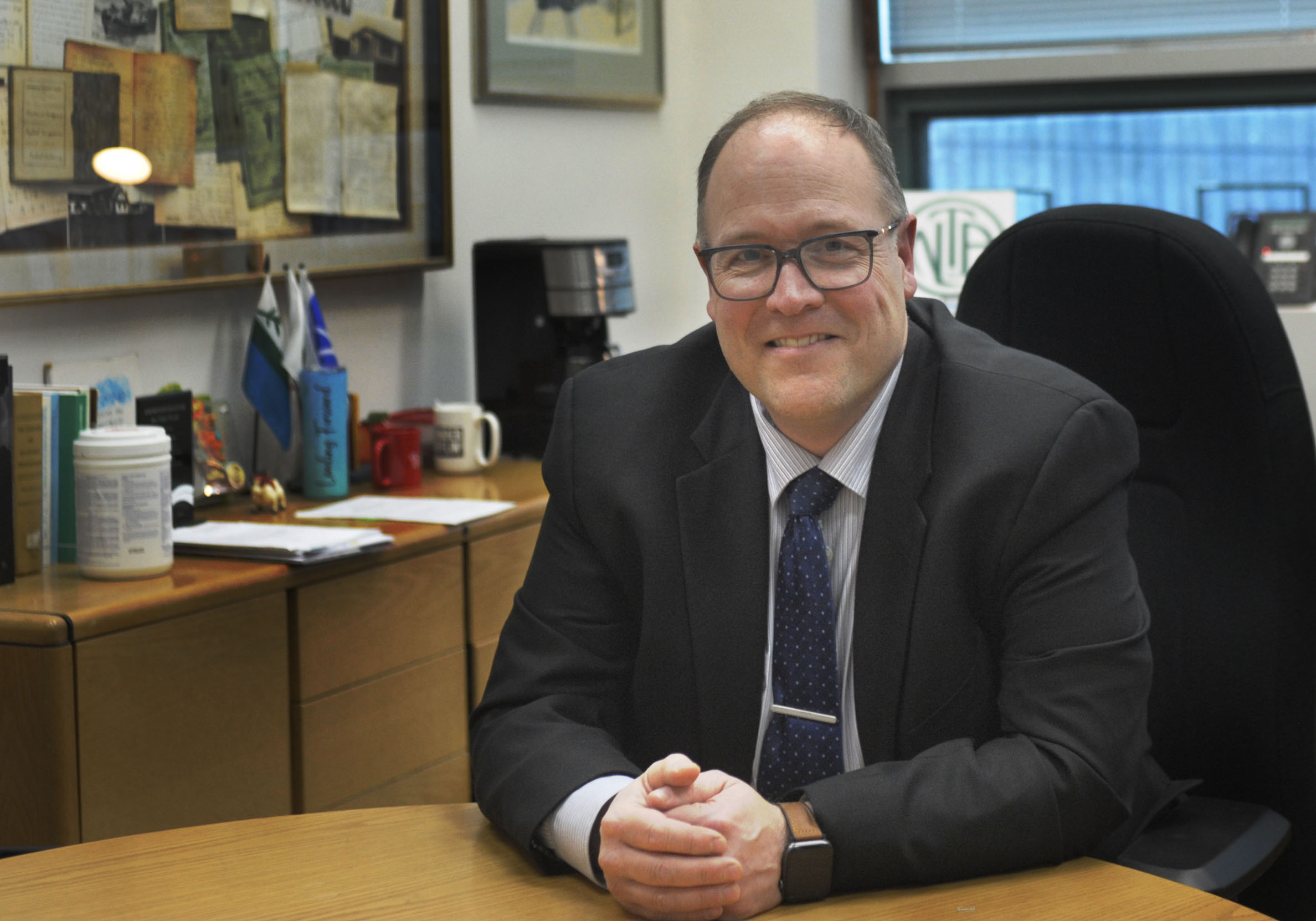Experts and teachers say new student-driven harassment impacts mental health.
Max Baco
Kicker
When someone hears the word bully, they might picture a buff jock in a letterman jacket. And when they hear bullying, they probably think of someone being shoved into a locker or given a wedgie.
That’s what bullying looks like to many people outside of the younger generations – Gen Z and Gen Alpha.
But it doesn’t look like that anymore.
Today, bullying often takes a quieter, more elusive form. It’s become one that poses new challenges for both students and teachers.
At the centre of this shift is one main factor: social media.
It’s a shift Don Coombs deals with regularly.
“Now, with social media and everything else available, it (bullying) has become more and more,” said Coombs, president of the Newfoundland Federation of School Councils.
This new form of harassment allows students to target one another beyond the classroom. An example of this is cyberbullying.
Sometimes it can be harder to spot and is often insidious.
Gerry White, a research associate with the office of professional and educational development at Memorial University, explored the causes of bullying in his thesis.
“I see cyberbullying as a tool that people use to do the same things, with the exception of physical bullying,” said White.
“If you lose your friends because someone’s spreading rumours about you and calling you down, that has a much greater impact than if someone tripped you up and threw you into a locker.”
- Gerry White
As schools modernize and students gain more access to technology, the environment itself has changed – and with it, the nature of bullying.
Dale Lambe, president of the Newfoundland and Labrador Teachers’ Association, describes this evolution as “subtle.”
“And as a result of that (social approval), children sometimes look for notoriety,” said Lambe, referencing The Anxious Generation by Jonathan Haidt. “Be it through likes or whatever on social media.”
Seeing their bad behaviour reinforced with social approval, says Lambe, is significant for these students.
“It’s subtle. it’s something that teachers can’t identify. It’s something that’s done very, very quietly, but it’s something that impacts the children,” Lambe said.

White’s research also suggests that physical bullying tends to have a lesser impact on a person’s mental health compared to other forms.
Still, bullying in any form is an act of cruelty.
How bullying is mitigated matters, said Lambe.
“Sometimes people are unkind, and those unkind ways are not corrected,” said Lambe.
No matter how it appears – physical, verbal, psychological or online – bullying always leaves a mark.
White said with the wide reach of social media, cyberbullying can often have a deeper impact.
“If you lose your friends because someone’s spreading rumours about you and calling you down, that has a much greater impact than if someone tripped you up and threw you into a locker,” he said.
The deeper effects of bullying can be seen in one troubling statistic: the high rate of school absenteeism in Newfoundland and Labrador.
A study by several Canadian professors found that from 2022 to 2023, nearly 70 per cent of secondary students in Newfoundland were chronically absent from school.
Coombs said bullying is one of the factors contributing to this trend.
“They don’t want to go to school,” said Coombs. “If you’re being bullied, you’re not going to want to be in the same learning environment as them, and you’re not going to be comfortable there.”
“Parental responsibility is part of the solution also.”
- Don Coombs
He added the Newfoundland Federation of School Councils receives a tremendous number of calls from parents worried about their children being bullied.
Among the many proposed solutions to the problem – from conversations with bullies to limiting internet access – one factor stands out: leadership.
Lambe said leaders aren’t always those with authority and titles.
“There are several leaders on staffs of teachers who can certainly help the children understand where they need to make different choices,” said Lambe.
It’s a solution that White tried to prove in his thesis.
“In my thesis, I was trying to prove that leadership is the most important factor in stopping bullying.”
By leadership, White doesn’t just mean principals. He refers to anyone students look up to for guidance – teachers, parents, community members and even politicians.
“When they come together to deal with a problem within the school, then it goes away,” he said.
White believes when those in authority take initiative and implement programs to address bullying, the results follow.
“What I really wanted to find was that the schools that are excited about teaching, that want kids to learn, have lower levels of bullying taking place,” White said.
He added restorative justice – an approach that focuses on repairing harm by bringing together those affected – can also help foster a more caring school environment.
“Restorative justice is another tool that’s being used to create a different climate where people care about one another within schools,” said White.
While Coombs agrees leadership plays a role in addressing bullying, he believes the effort must start at home.
“Parental responsibility is part of the solution also,” said Coombs. “I’d like to see a collaboration between the parents and the federation, the department of education, and administrations. We have to realize that it is a problem, and we have to work together to solve it for the safety of the students.”
Bullying may not look the same as it once did, but the pain it causes hasn’t changed.
And for those working to end it – teachers, parents, and students alike – the first step is recognizing that kindness still matters most, both online and off.
“Once again, I just say be kind,” said Lambe.




Max,
I just wanted to thank you for taking the time to write about the realities of bullying in schools. I shared your article with my fellow elected members on provincial executive and they were all impressed with the content and depth of your article.
You have a bright future in journalism and it was a true pleasure meeting you this week,
Dale Lambe